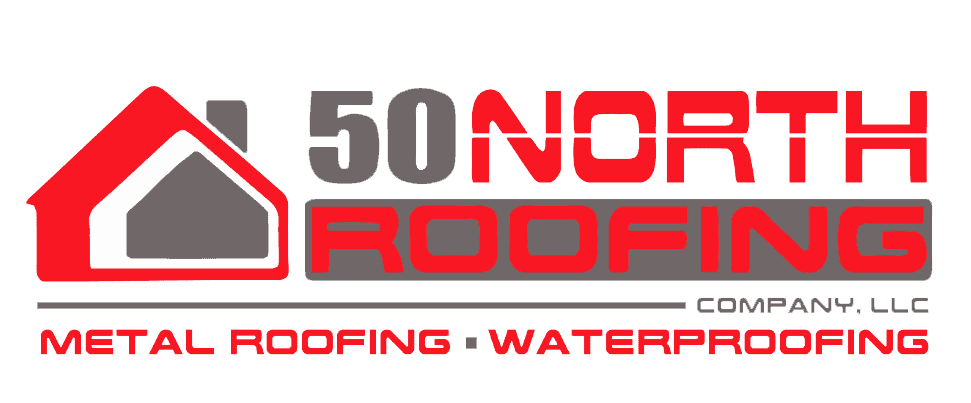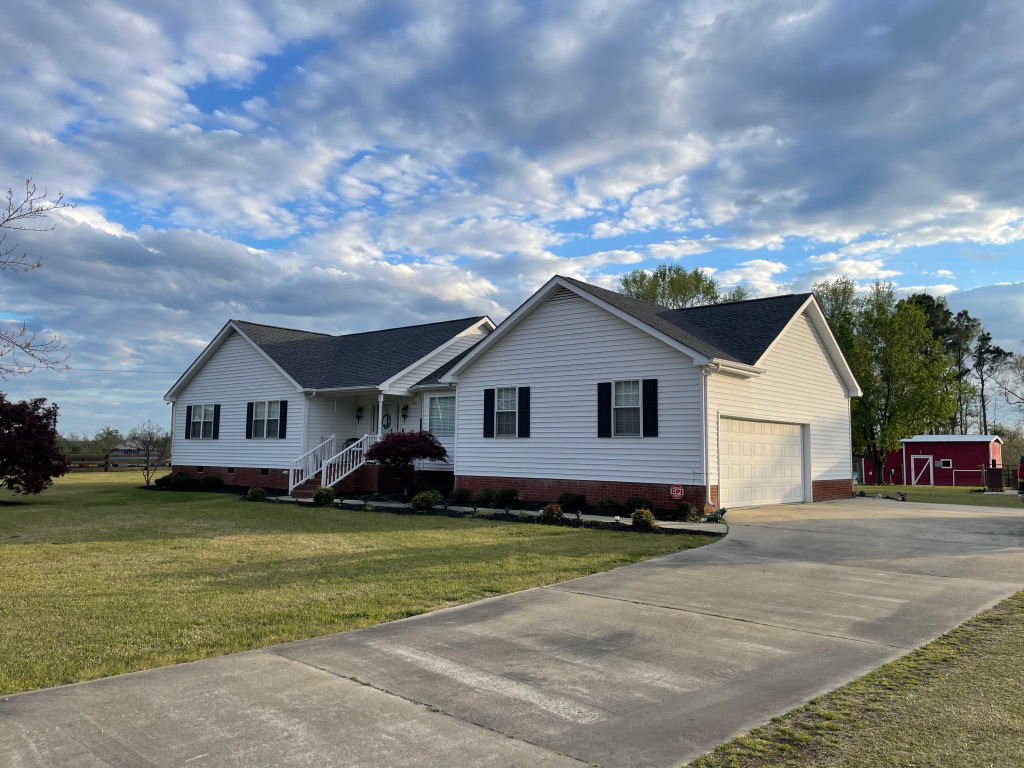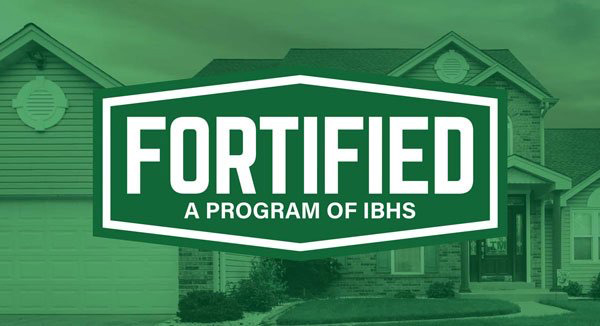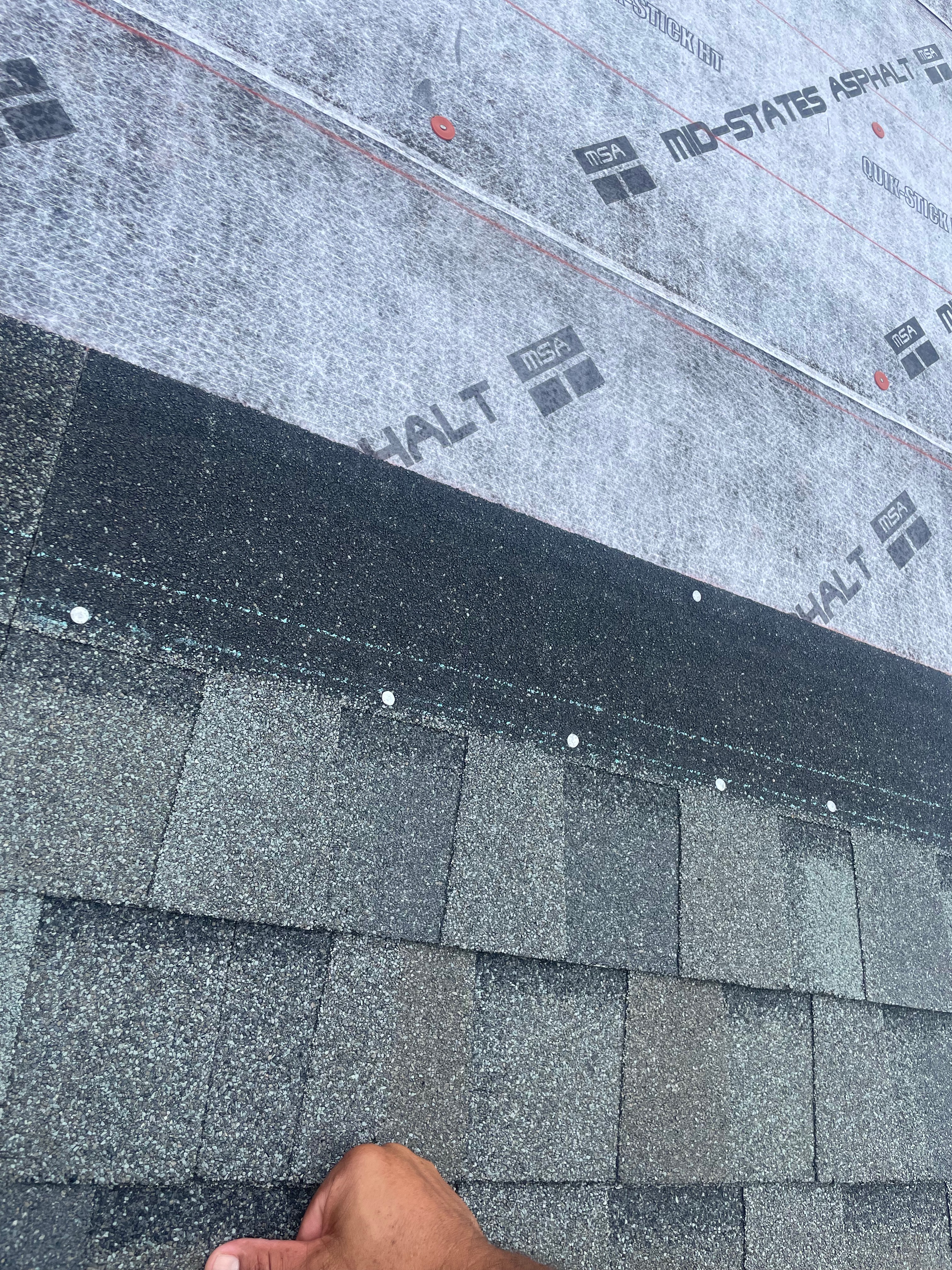From Shingles to Flashing: All the Elements of a Total Roof Replacement Explained
It is an unpleasant reality that all homeowners around Wilmington, NC will eventually need to replace their roof. When that day comes, it is important to be prepared for what to expect.
At 50 North Roofing, our team is committed to offering you various options and ensuring that you have all the necessary information to fully comprehend every aspect of your roof replacement. We will provide a detailed breakdown of what is involved in a complete roof replacement and walk you through the entire replacement process.
What Goes Under Roof Shingles
A complete roof replacement involves completely removing all layers of your roof and replacing them with new materials. This process is often referred to as a “tear-off” roof, and differs from re-roofing, which simply involves adding a new layer of shingles on top of the existing roof.
- Shingles: Shingles are the outermost layer of your roof that function as a protective barrier, preventing water and debris from seeping through and causing damage to the underlying layers. Asphalt shingles are the most popular choice for residential roofing, but there are various other options available to suit your needs.
- Decking: decking is an essential layer of protection for your home, usually made up of flat boards that are attached to the joists or trusses. It serves as a surface where shingles, underlayment, and other weatherproofing materials can be installed.
- Underlayment: The underlayment is an essential layer that is placed between the decking and the shingles on a roof. It is a waterproof or water-resistant layer that is directly attached to the roof deck, providing an extra level of protection from harsh weather conditions.
- Flashing: Flashing is an important part of the roof that helps direct water away from vulnerable areas, such as where the roof meets a wall or chimney. It is typically made of galvanized steel and helps prevent water from entering these potential problem spots.
- Drip-edge: The drip edge is a thin metal component that is installed around the entire perimeter of your roof, similar to flashing. It serves as a final barrier to direct runoff away from your roof and prevent water from penetrating the underlying layers.
- Soffit and Fascia: Soffit and fascia are architectural elements that play a crucial role in the structure of your roof. The soffit covers the underside of the eaves where the rafters extend past the walls, while the fascia is the long, straight board that runs along the roof’s lower edge, forming the roof line. Both of these elements are essential for the overall integrity and appearance of your roof.
What Is Included in Roof Replacement
The first step in getting your roof replaced is to reach out to a reputable roofing company to schedule a thorough roof inspection. If it is determined that a full roof replacement is necessary, the company will provide you with an estimate for the project and a contract that must be signed before the work can begin.
It is important to inquire about any concerns or uncertainties before signing the contract and to request a comprehensive breakdown of the project in written form. Once the contract is signed, the process of your roof replacement will commence.
Materials must be ordered and shipped to your home before work can begin, so a time for the roofing project will be determined. You can expect a call from your roofers to schedule a date and time that works best for you.
The crew will arrive on the agreed-upon date and begin work promptly. Their first task will be to remove the old roof in preparation for the installation of a new one.
In numerous instances, the installation of your new roof can be finished in just one day. However, there are situations where it may take longer, especially if weather conditions are a factor.
Additionally, homes with larger or more complex roofs may also require more than a day for installation.
Cleanup is Complete: The crew will finish the job by completely cleaning up and disposing of all the debris from your old roof. Make sure cleanup being included is specified in your contract.
When getting a roof replacement, it’s crucial to work with experienced roofers. Select a roofing contractor with extensive local experience and make sure they provide a written estimate and are willing to address all your project-related inquiries.
Reputable roofing contractors will provide transparent information regarding all expenses, warranties, and the process of roof replacement.
Please reach out to us if you would like to find out more about partnering with 50 North Roofing for your roof repair and replacement needs. Our company is family-owned and has been dedicated to serving Wilmington, NC and the surrounding areas for over two decades.




